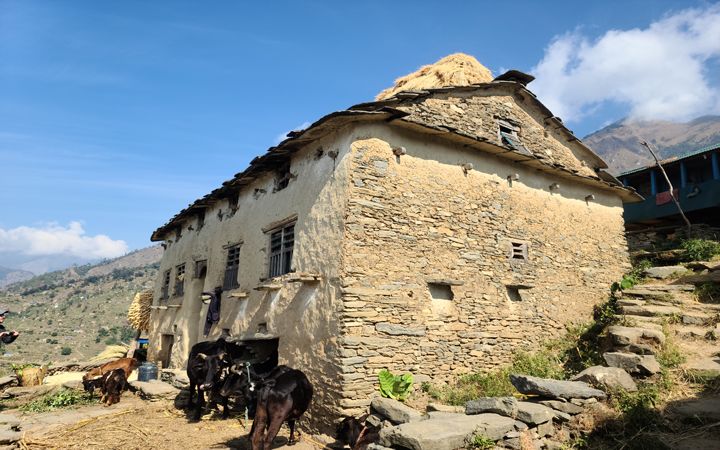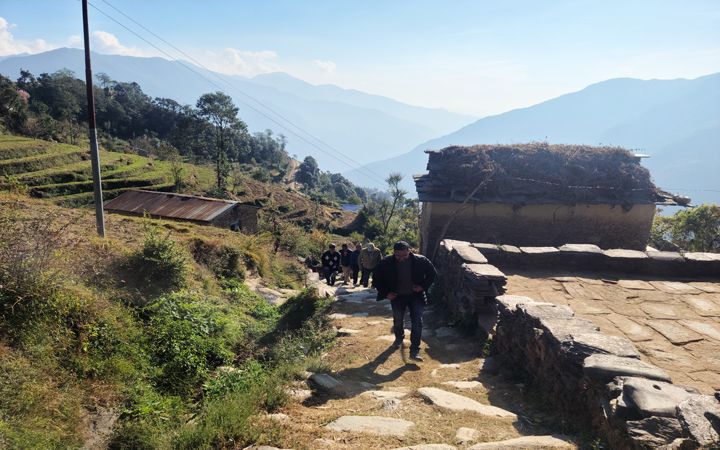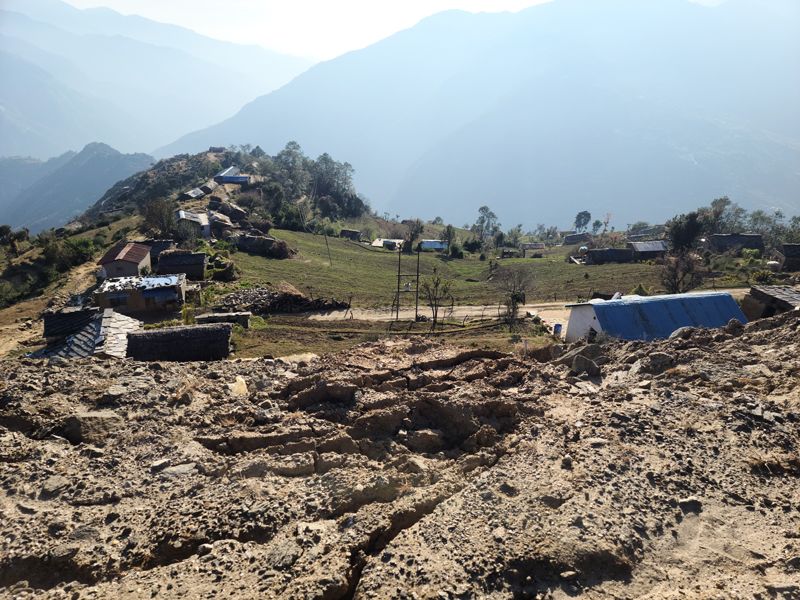Nepal’s model compact rural settlement development
In order to reinvigorate the region of Karnali Province, we created a development plan that provides basic infrastructure services and livelihood opportunities.
Narharinath Rural Municipality (NRM) is in the Kalikot district of Karnali Province, a hilly and mountainous region in western Nepal. ICF has been working with the municipality to create a rural settlement development plan, which involved site and situation analysis of the existing settlement areas; technical and social assessment of the settlements; identification and selection of preferred location for development, as well as planning and preparing the rural settlement project operation guidelines.

Challenge
The largest province of Nepal, Karnali also has the lowest population and growth rate in the country. While the Karnali Highway links most of the major towns in the province, it faces landslides and roadblocks during monsoons. As a result, settlements along the highway have poor access to markets, healthcare, and education facilities, as well as inadequate life-sustaining services and economic opportunities. The result is economic migration to other urban areas within or outside the country.
The planned upgrade of an important highway linking the major towns of Karnali provided the impetus for this project. The new road will shorten travel time, reduce travel costs, and improve access to agricultural markets. An airport, currently under construction, would also improve links to the district’s headquarters.
Solution
Our Nepal-based technical team conducted a detailed field study in NRM on behalf of the municipal government. We identified a need for a rational and scientific restructuring of the settlements in NRM as an example of a model compact rural settlement development that provides basic infrastructure services and livelihood opportunities.

We used site visits to identify specific needs and requirements for suitable locations for the rural settlement development. We also ran a formal workshop to engage municipal stakeholders and provide an opportunity for them to hear from local representatives. The municipality ultimately chose two sites for development near the new airport.
We then conducted in-depth social surveys, covering a total of 194 households in nearby wards. This helped us create a comprehensive strategy covering the recommended development of rural housing, provision for education, health, livelihood, parks/recreational, religious/cultural areas—along with essential rural infrastructure like electricity, water supply, and solid waste management.
Where we are now
To date, we’ve prepared a base map of NRM and shared it with the municipality. This provides a visual context for understanding the location and physical environment of the identified development sites.
